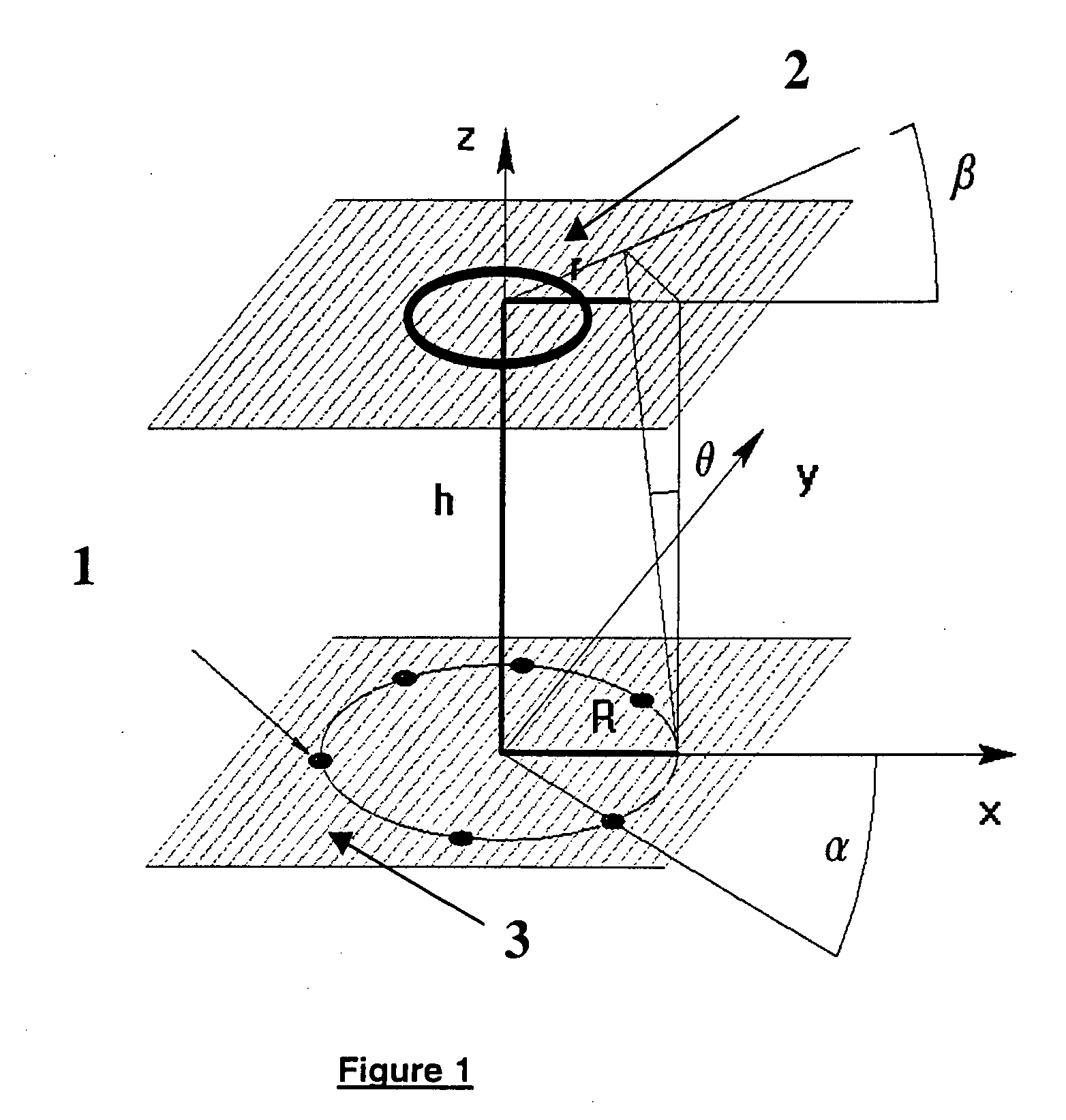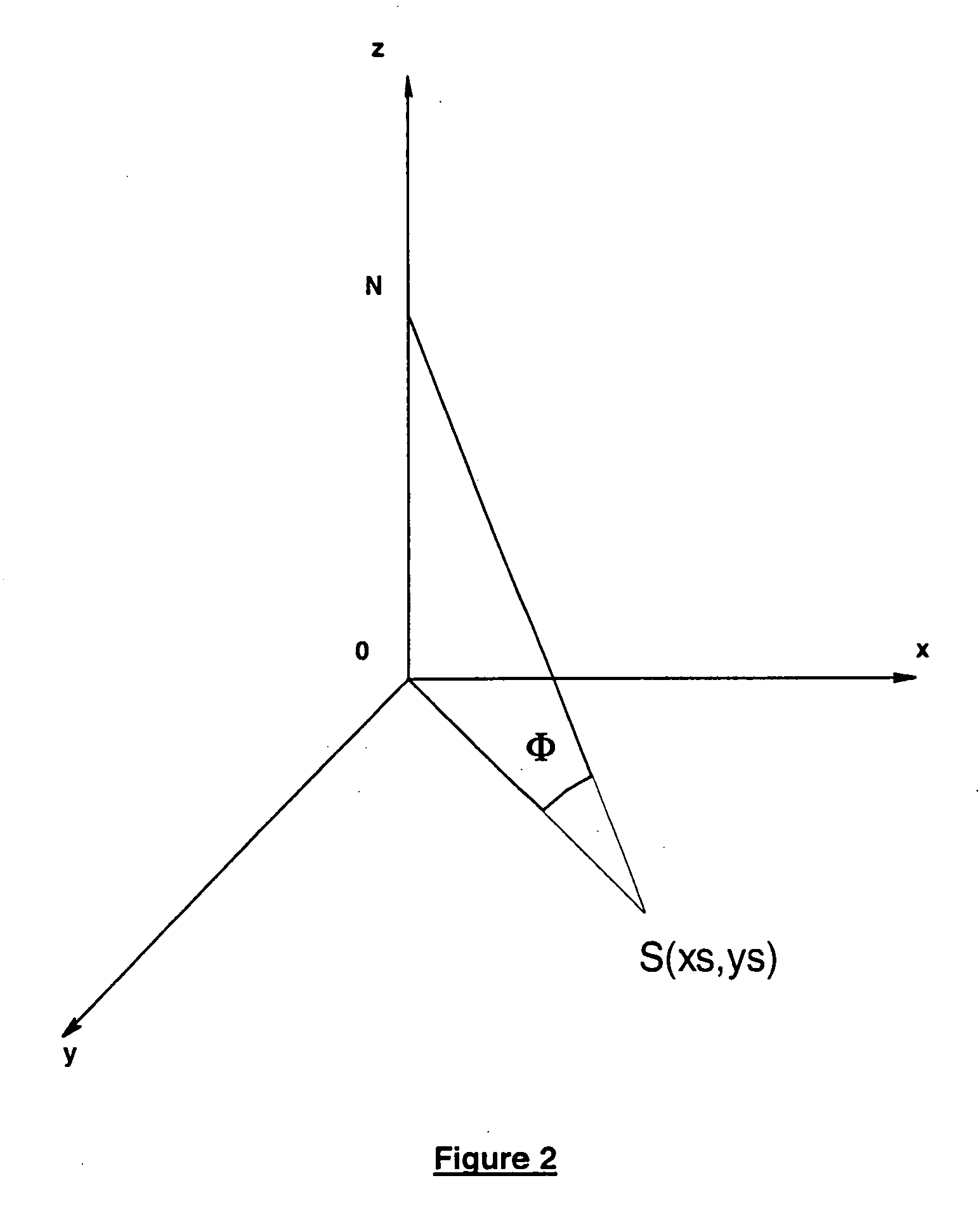Large area deposition in high vacuum with high thickness uniformity
a technology of high vacuum and uniform thickness, applied in vacuum evaporation coating, crystal growth process, coating, etc., can solve the problems of poor utilization efficiency of expensive and toxic reactants, inability to scale up vacuum deposition to industrial applications, and inability to achieve high-efficiency vacuum deposition. achieve the effect of precise control of flow throughpu
- Summary
- Abstract
- Description
- Claims
- Application Information
AI Technical Summary
Benefits of technology
Problems solved by technology
Method used
Image
Examples
Embodiment Construction
[0060] A. The Effusion Source
[0061] A typical effusion source is a hole of 0.5 mm drilled in a foil of 0.05 mm of thickness between a reservoir (pre-chamber) with a pressure of 10−3-10−2 mbar and the deposition chamber with a pressure below 10−3mbar. The hole dimensions however, depend on the pressure in the pre-chamber and on the substrate size, and could vary from 0.001 and 50 mm. Furthermore, the thickness of the hole is about one order of magnitude (or more) smaller than the diameter, while the distance of the source to the deposition area is one order of magnitude (or more) larger than the diameter of the hole.
[0062] B. Disposition and General Description of the Sources
[0063] The combination of several sources may allow substrate rotation avoidance. Several holes are uniformly distributed on an annular geometry (see FIG. 1). The formula that describes the distribution of impinging molecules on a planar surface for several cosn distributions of the effusion sources distribute...
PUM
| Property | Measurement | Unit |
|---|---|---|
| temperatures | aaaaa | aaaaa |
| temperatures | aaaaa | aaaaa |
| thickness | aaaaa | aaaaa |
Abstract
Description
Claims
Application Information
 Login to View More
Login to View More - R&D
- Intellectual Property
- Life Sciences
- Materials
- Tech Scout
- Unparalleled Data Quality
- Higher Quality Content
- 60% Fewer Hallucinations
Browse by: Latest US Patents, China's latest patents, Technical Efficacy Thesaurus, Application Domain, Technology Topic, Popular Technical Reports.
© 2025 PatSnap. All rights reserved.Legal|Privacy policy|Modern Slavery Act Transparency Statement|Sitemap|About US| Contact US: help@patsnap.com



